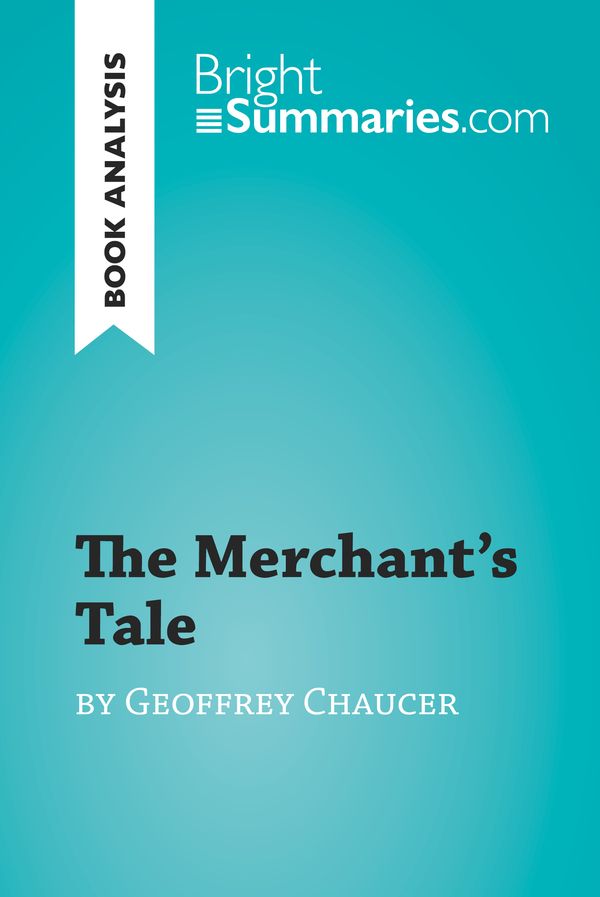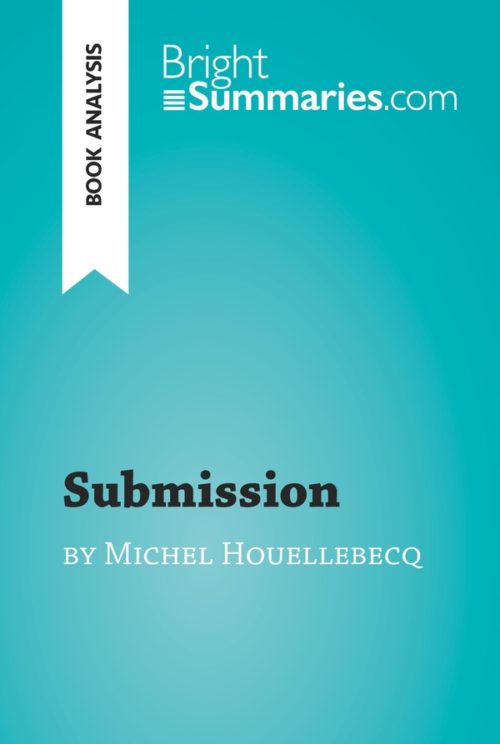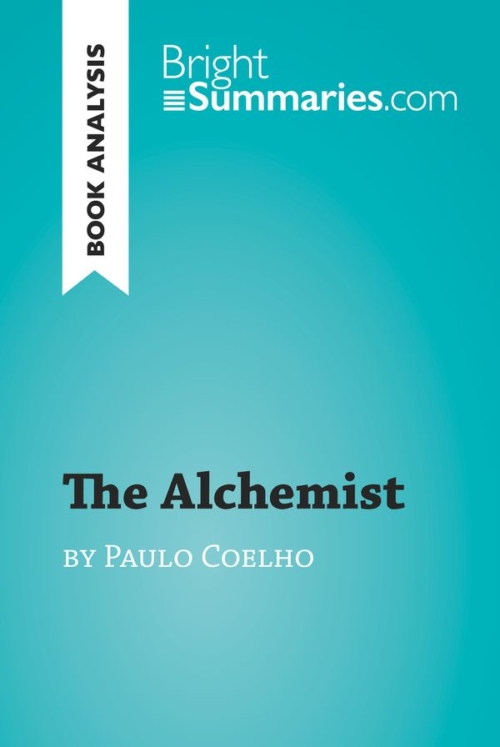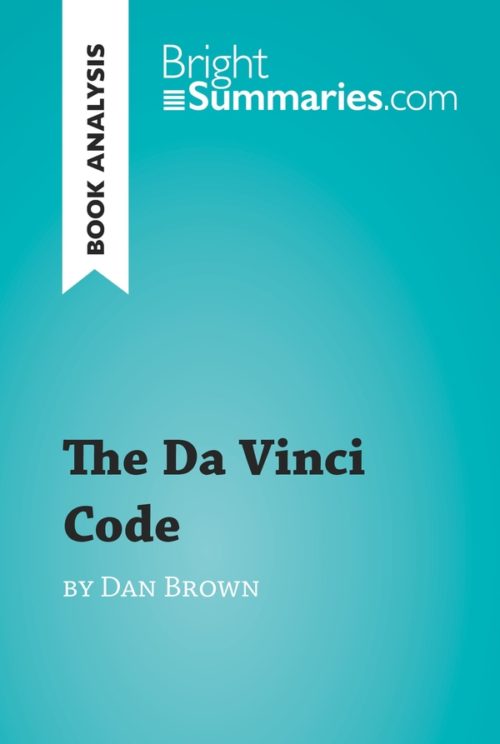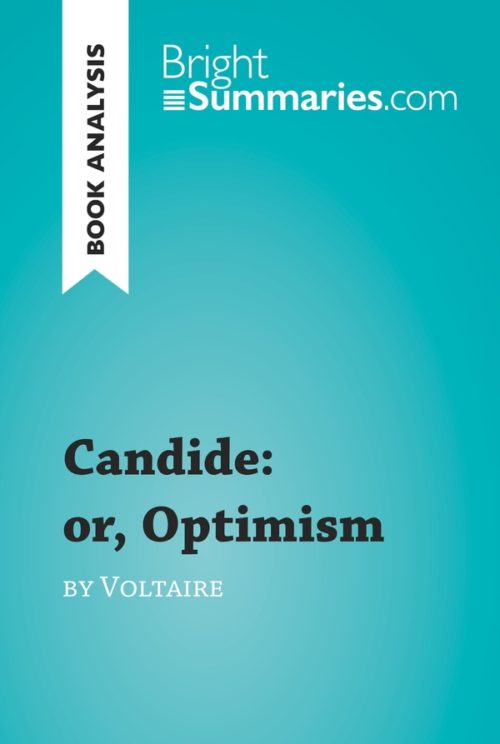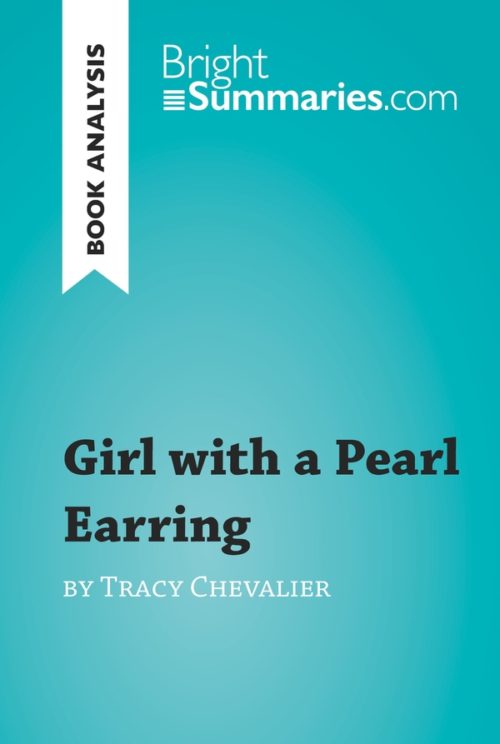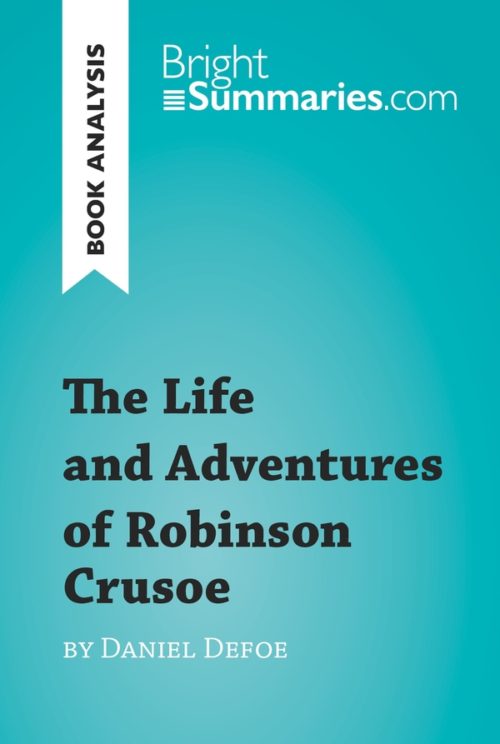The Merchant's Tale by Geoffrey Chaucer (Book Analysis)
The Merchant’s Tale by Geoffrey Chaucer (Book Analysis)
Detailed Summary, Analysis and Reading Guide
Read more
This practical and insightful reading guide offers a complete summary and analysis of The Merchant’s Tale by Geoffrey Chaucer. It provides a thorough exploration of the tale’s plot, characters and main themes, as well as a useful introduction to the medieval genre of the fabliau. The clear and concise style makes for easy understanding, providing the perfect opportunity to improve your literary knowledge in no time.
This clear and detailed 48-page reading guide is structured as follows:
- Biography of Geoffrey Chaucer
- Presentation of The Merchant’s Tale
- Summary of The Merchant’s Tale
- Character study
- Januarie
- Maye
- Damyan
- Justinus and Placebo
- The gods
- Analysis of The Merchant’s Tale
- Genre: fabliau?
- Religion and the supernatural
- (Im)potence and (il)legitimacy
About The Merchant’s Tale
The Merchant’s Tale follows directly on from The Clerk’s Tale, and in many ways can be seen as a response to it: where The Clerk’s Tale tells the story of a virtuous woman’s cruel mistreatment at the hands of her husband, The Merchant’s Tale depicts a young woman who cuckolds her much older husband, leaving him looking ridiculous.
About Geoffrey Chaucer
Geoffrey Chaucer was a courtier and diplomat in medieval England, who rose to occupy a relatively high position in the royal court in spite of his humble origins. He is best known as the author of The Canterbury Tales, a collection of fables presented as stories told by a group of pilgrims to entertain themselves on their journey. The Canterbury Tales are one of the oldest surviving examples of literature written in Middle English, and as such hold tremendous literary and cultural value. Indeed, Chaucer is credited with the popularisation of new vocabulary, which was often borrowed from Greek, Latin or Arabic, and as such can be said to have shaped the development of the English language itself.
Product details
| ISBN | 9782808019545 |
|---|---|
| Publisher | Plurilingua Publishing |
| Collection | Brightsummaries.com |
| Format | |
| Pages | 48 |
| File size | 2.2 MB |

